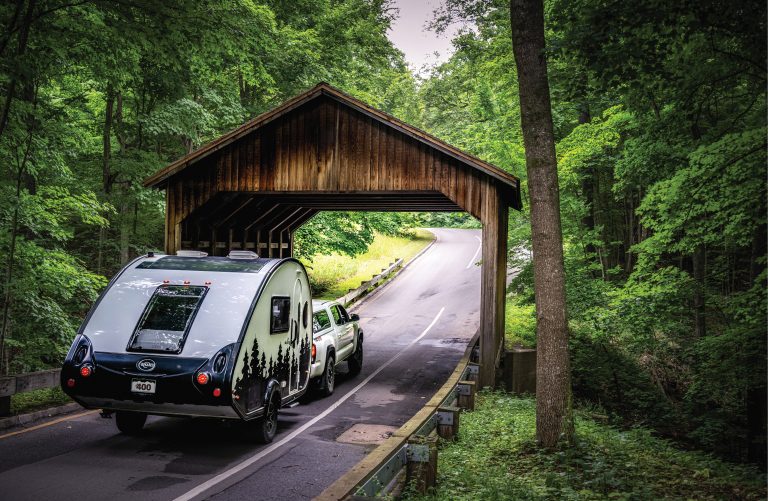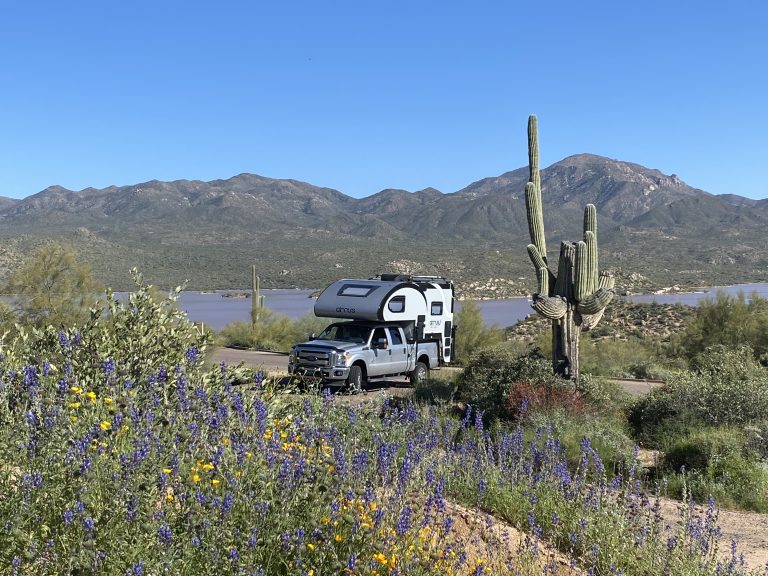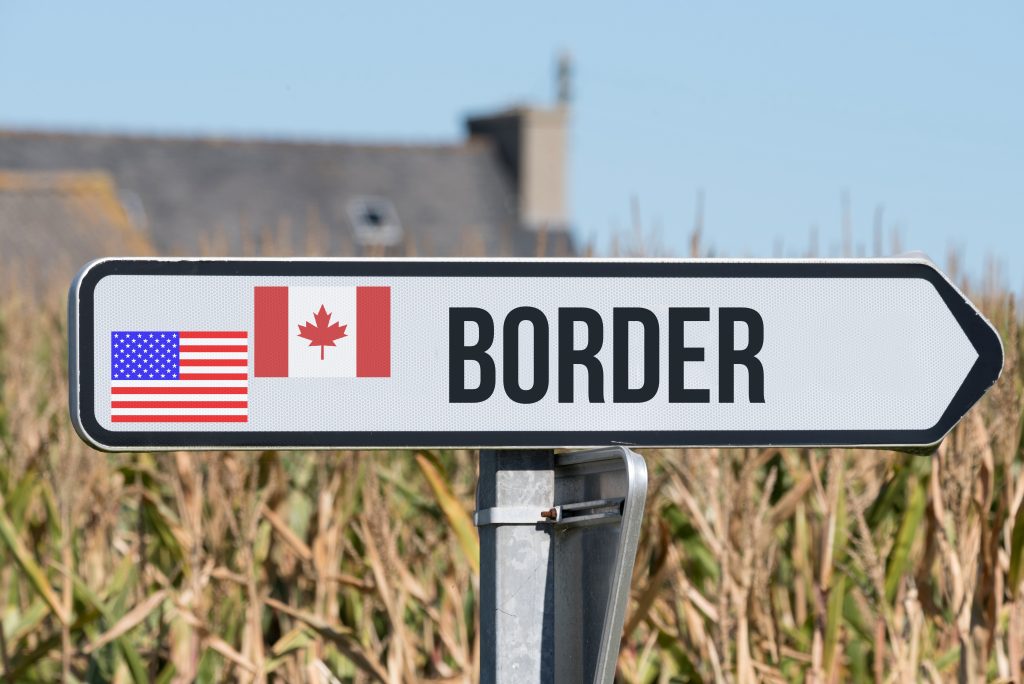Planning to visit one or more of the provinces or territories in Canada? It should come as no surprise that a border crossing will require documents for you and your passengers (human or animal!) as well as declarations for items you’re bringing into the country.
We pulled information from the Canadian government website, the Canada Border Services Agency, EZ Border Crossing, and RV Love to create a cheat sheet to help you gather what you’ll need in advance so you’re prepared when meeting with Border Services Officers (BSOs).
On that topic, RV Love has some advice when dealing with those officials:
- Stop using your cell phone and turn off any cameras, GoPros, and radios.
- Lower all vehicle windows so the officials can see all the passengers.
- Answer all questions truthfully.
Being polite, cooperative, and courteous will go a long way to making the crossing process easier for everyone involved.
Documents
All travelers (human or animal!)
You’ll need acceptable identification (a passport is best, but you can also use an enhanced driver’s license) and a valid visa (if you are arriving from a country for which one is necessary). If you’re a member of the NEXUS program or the FAST program, you can use your membership card as proof of identification.
If you’re a permanent resident of the U.S. and a member of the NEXUS or FAST programs, you’ll need your passport and proof of permanent residence. More details are available on the Canadian government website.
If you’re traveling with a minor child, you’ll be asked for the following in addition to the child’s passport:
- Copies of any legal custody documents, such as custody rights
- A notarized consent letter if you share custody and the other parent isn’t with you, or you are not the parent or legal guardian of the minor child (for example, you’re a grandparent or other family member traveling with the child)
For more details about traveling to Canada with minor children, visit this page.
Traveling with a pet? For dogs and cats three months or older, you must bring valid signed and dated certificates from a veterinarian verifying vaccinations against rabies. Service dogs are exempt when accompanied by their owners. More details and a dropdown list of animals are here.
Declarations
Items being transported into Canada
It’s important to understand that the term “importing” applies even if the item is for your own use, says EZ Border Crossing. If the item was purchased abroad (say, in the U.S.) and you’re entering Canada with it, it will be considered an import.
Part of the documentation you’ll need is a declaration listing what items you’re carrying into the country: foods, plants, animals, and animal products. Start by visiting the Automated Import Reference System (AIRS) to ensure that the items are not on a list of restricted and prohibited goods. (This includes cannabis in any form unless you have a permit or exemption authorized by Health Canada.)
Planning to pack your camper kitchen with meat pies or fresh fruits or vegetables? Think again. Baked goods with meat are prohibited, and you’re advised to check the AIRS list for produce. Check the detailed list here for restrictions and quantities. The rules may also change based on which Canadian province you’re visiting.
There are also rules regarding alcoholic beverages and tobacco products. And if you’re bringing a gift to a Canadian friend or relative, leave it unwrapped so the BSOs can check it.
Two other categories can slow down your entrance into Canada: guns and money. Regarding firearms and other types of weapons, the government of Canada requires that you declare them when you enter the country. But keep in mind that most weapons, including tasers, are prohibited from entering Canada. More details on this are available here.
More details on limitations and restrictions for various products are available on the Restricted and Prohibited Goods page.
As for money, all currency equal to or over CAN$10,000 must be declared, both upon arrival to Canada and when departing Canada. Have more than CAN$10,000 of those greenbacks in your wallet? Check this page for what to do.
Besides your personal baggage (clothing, camping, and sports equipment, cameras, and personal computers), you also have to declare your mode of transportation.
CBSA Declaration Card
Now that you know the type of items you need to declare, how do you do it? That’s where the CBSA Declaration Card comes in. (A downloadable form in PDF format and information on how to complete the card is available here.)
Some do’s and don’ts pertaining to the CBSA Declaration Card:
- Make sure the card is completed before you arrive.
- Do not fold the card.
- Keep the card with your identification and other travel documents so it’s easily accessible.
When you’re leaving the country, the BSOs will verify that what you are taking back matches what you declared when you arrived. Anything else may be subject to duty or taxes. That also means that the items you brought into Canada may not be used by a resident of Canada nor by a Canadian-based business, given as a gift to a Canadian resident, or disposed of or left behind. More on this here.
For more information and the latest changes, visit the Canada Border Services Agency (CBSA) website. The website also has information on border wait times at the 26 busiest land-border crossings, the detection tools used by BSOs, and ways to contact border information services.
The CanBorder app—a free service provided by the Canada Border Services Agency available for iOS and Android—finds ports of entry near you and allows you to save your favorites for quick access. The app also provides estimated wait times at select ports of entry in Canada and the United States as well as a trip planner function complete with turn-by-turn directions.
Recent Articles





